15% off £30 OR 20% off £40
Ginseng
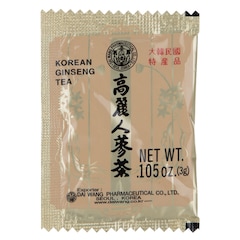
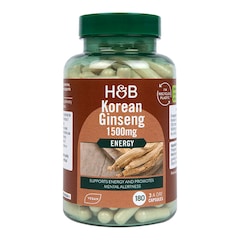
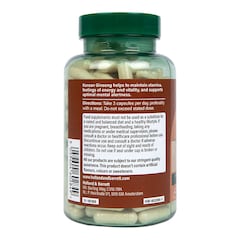
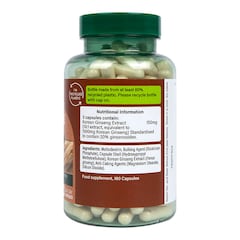
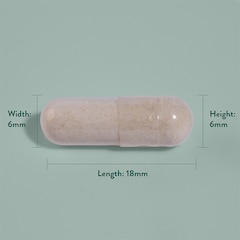
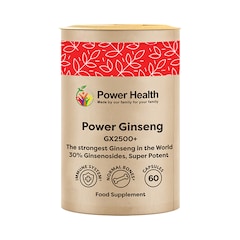
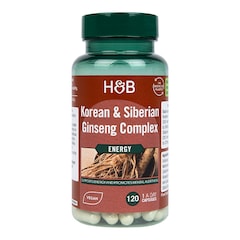
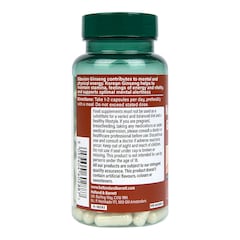

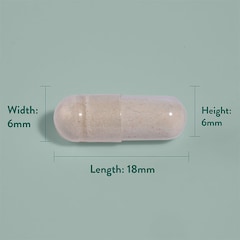

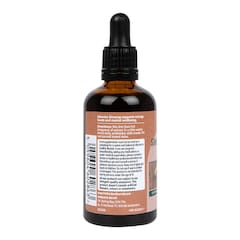
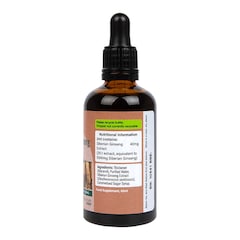
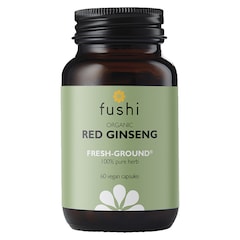

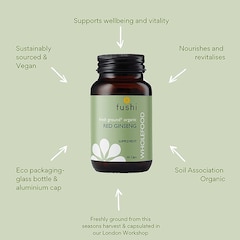
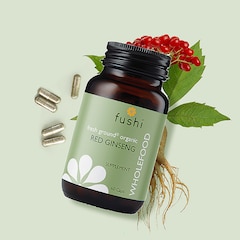
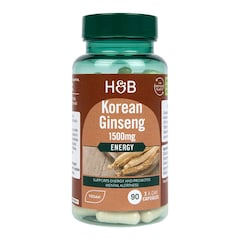
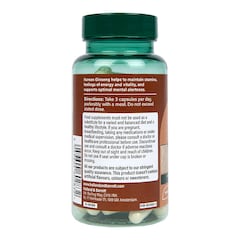
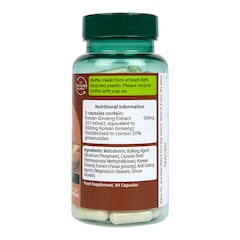

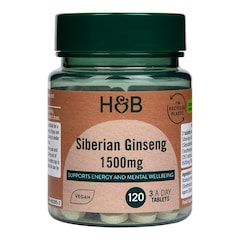
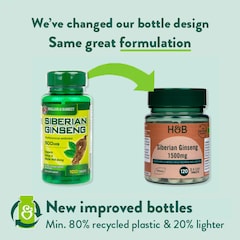
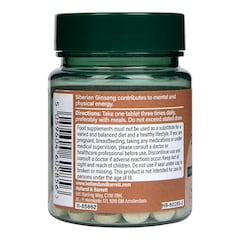

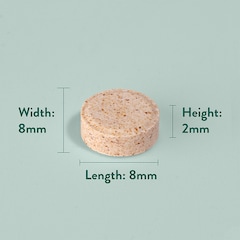
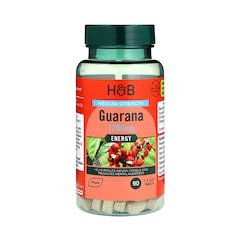
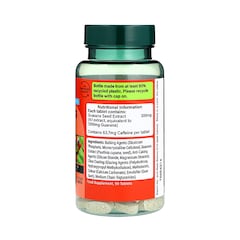
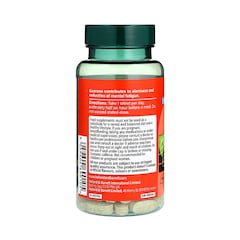
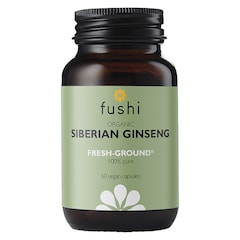
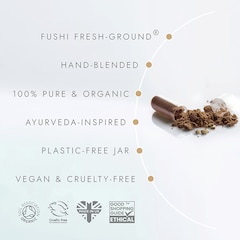
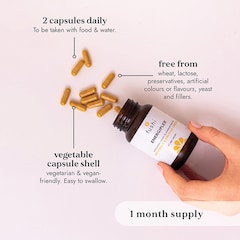
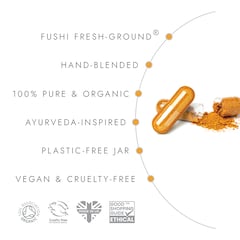
Shop Ginseng at Holland & Barrett
The ginseng root has been used in Asia for centuries, but what exactly does ginseng do? And why should you try it? Read on to find about ginseng’s benefits, the different types of ginseng and more.
Ginseng benefits
Let’s start with the potential benefits of ginseng. There is some evidence to support that taking ginseng regularly might help with an array of concerns. For example, one study showed that ginseng may help with fatigue in the short-term.
Another study showed that the root may well have a stimulating effect on the brain, thus helping to improve alertness. Furthermore, one study into red ginseng showed that it could support circulation and improve and help improve blood flow.
That’s a lot of potential benefits from one little plant! Read more about the studies mentioned in our Health Hub article ‘Ginseng: benefits, dosage, side-effects’. As well as these scientifically tested potential benefits, traditional medicine fans will tell you the root may also help improve sex drive,
How does ginseng work?
The science behind ginseng’s potential benefits is that the plant produces ginsenosides, which protect it from bacteria and insects. When humans take ginseng, some of the benefits of ginsenosides are passed on to us.
Taking ginseng regularly may help our brains to calm the hypothalamic-pituitary-adrenal axis, which can get frazzled by stress. When we are stressed, our brains release hormones that can have all sorts of unwanted, negative effects on our bodies. And so, if we take ginseng, we might be able to calm the stress response at the root (pun intended!).
Types of ginseng
If this is your first forray into the world of ginseng, you will notice that it is often described based on a colour – white or red – and its origin. The most common types available in the UK are Korean ginseng and Siberian ginseng from Russia.
You might also see Manchurian ginseng from northern China, such as Holland & Barrett Manchurian Ginseng Caplets or ginseng from America, Japan or India. While each type of root has subtly different properties, they are all believed to have a gentle stimulating effect to wellbeing.
White or red ginseng?
You may well see white ginseng or red ginseng written on products. This is simply a matter of how the root is prepared. White ginseng is made from ginseng root that has been dried in the sun, while red ginseng means the root is steamed.
Korean ginseng
Korean ginseng, also known as Panax ginseng (its Latin name) is one of the most common types of the root on the market. It is also the most studied. If you want to know if Korean ginseng could benefit you, try Holland & Barrett Korean Ginseng 500mg Capsules.
Siberian ginseng
A slightly different beast, Siberian ginseng is not actually part of the Panax family of plants. However, it is thought to provide many of the same benefits. Instead of ginsenosides, its active ingredient is eleutherosides, which are known for their many properties. Try Holland & Barrett Siberian Ginseng Tablets.
Ginseng tea
One of the most popular ways to get your daily dose of ginseng is in tea form. The root makes a refreshing herbal tea. Dai Wang Korean Ginseng Tea is our favourite. Our customers love its slighty sweet flavour and the energy boost it provides.
Other ginseng supplements
There are various other ginseng supplements available be they ginseng tablets, ginseng capsules or liquid ginseng. For anyone who dislikes taking tablets, liquid ginseng extract might be a great alternative. One popular brand is Herbal Authority Siberian Ginseng Liquid Extract.
If you do not know whether or not to go for Manchurian, Korean, or Siberian ginseng, why not take a ginseng complex? Holland & Barrett High Strength Ginseng Complex contains all three types of ginseng and has loads of five-star reviews from our customers.
Another popular concoction is ginseng and ginkgo biloba. The manufacturers of Red Kooga Korean Ginseng & Ginkgo Biloba Tablets claim that the ginkgo biloba extract adds glycolides and terpene, which are thought to provide beneficial effects.










